Introduction
The emotions that you manage to capture and share in your photos are in my eyes the only criterion for making remarkable photos. Focused on the emotional load you can bring in your images, I designed a 6-step method to learn photography. Light is the 4th step to achieve this. Day lights and night lights are one of the six fundamental aspects of light to be known in photography.
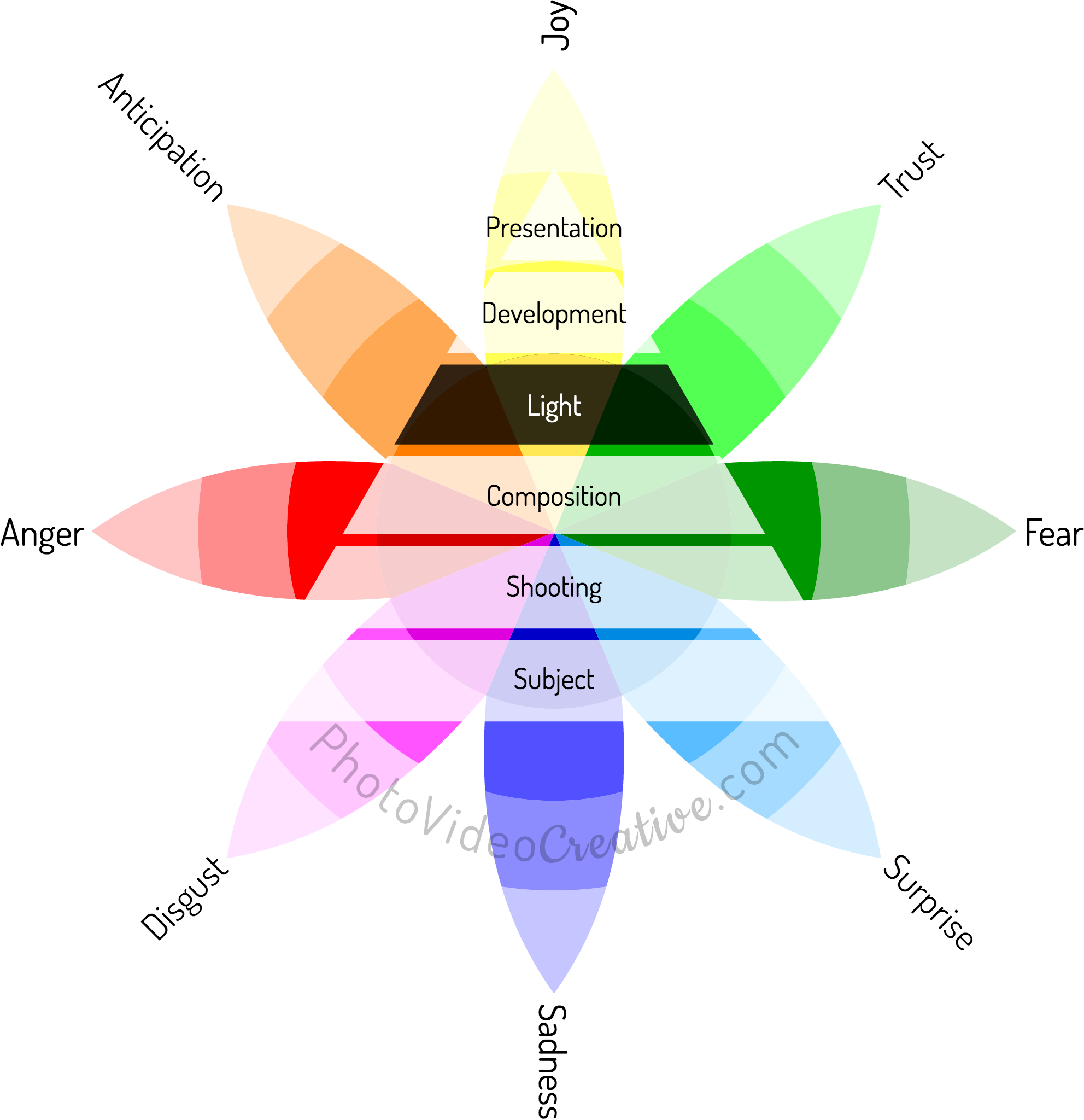
Day Lights, Night Lights: More Nuances Than You Might Think
Daylight is of course the light emitted when the sun is visible in the sky or just below the horizon. But the sun does not always emit the same light according to the time of day:
- The ordinary daylight: the one that seems white to us all day long
- The daylight of the golden hour: it is the light during the hour after the sunrise or before the sunset
- The daylight of the blue hour: it is the light during the hour before the sunrise and after the sunset
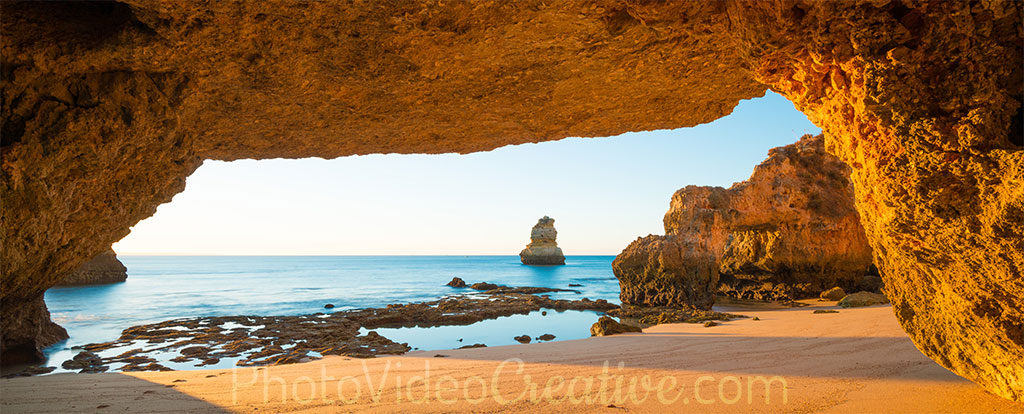
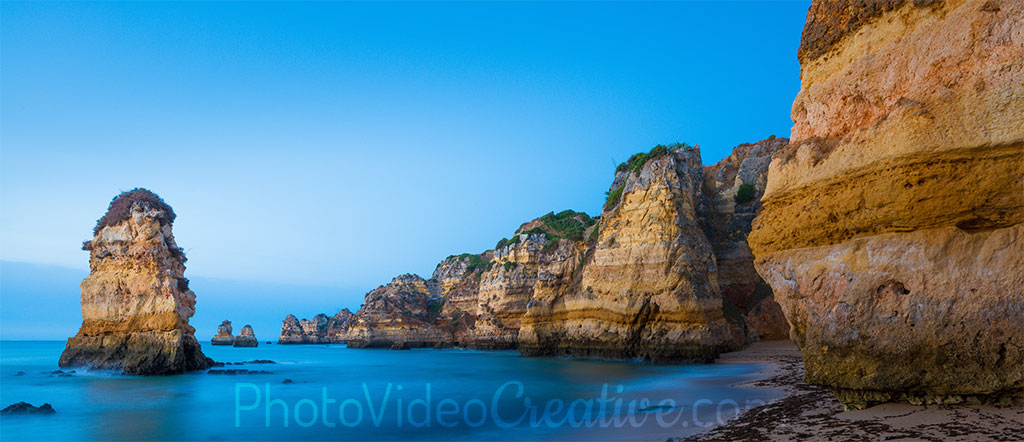
The night lights hide in fact many possible sources of light:
- The night light of the stars (most notably the Milky Way)
- The night light of the Moon (more precisely, the light of the Sun reflected by the Moon)
- The night artificial lights of the city
The light of the blue hour could be almost classified as a night light.
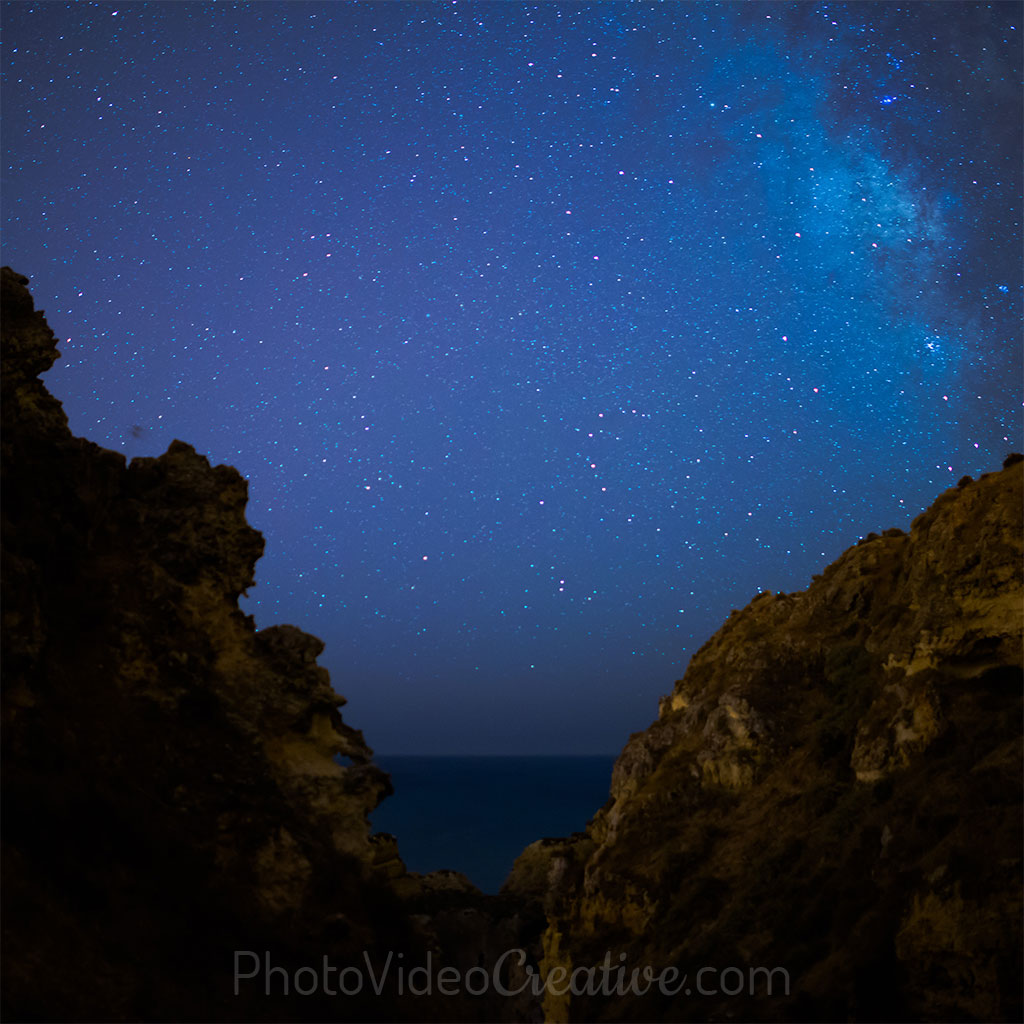
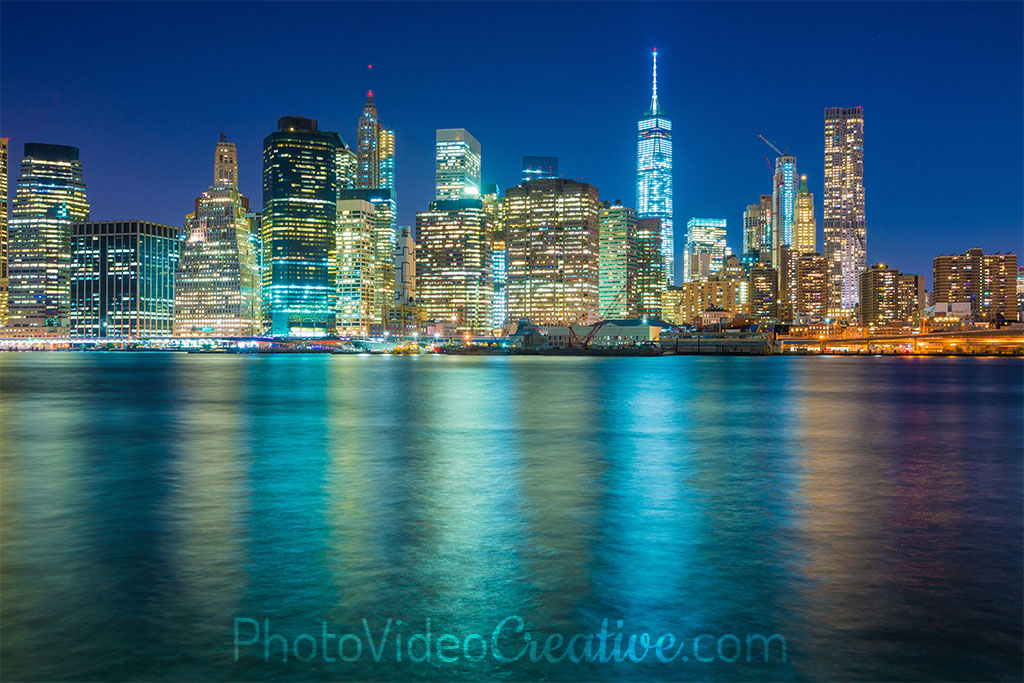
The Emotions of Day and Night Lights
Daylight, especially with the light of the golden hour, will evoke you most often the following emotions:
- Optimism (joy + anticipation)
- Love (joy + confidence)
The artificial light of cities during the night, especially during the blue hour will provoke in you most certainly the following emotions:
The light of the moon and the stars, and cold lights in general by their bluish or even pale tints can also cause the following emotions:
Do you often take pictures during the golden hour? Do they seem more evocative than the pictures in the middle of the day? Did you try to make pictures during the blue hour? Are you tempted by the night photos? Leave me your comments, I will answer with pleasure.
Let’s Go On Together!
Learn how to photograph with my 6-step method to make your photos first with your emotions. An intuitive approach that focus on you and what you are feeling, before being helped by techniques and tools!
Then understand why light in photography is indispensable in the expression of your emotions and be inspired by the different aspects of light:
- Direct Light / Diffuse Light: the effects of shadow and contrast on your emotions
- Directional Light: different light positions for different emotions
- Day Lights / Night Lights (this post)
- Natural Light / Artificial Lights: the contrast of various color temperatures and emotion stimulations
- Warm Light / Cold Light: white balance interactions with emotions
- Single Light / Multiple Lights (soon): introduction of subtlety and complexity with light for your emotions
Do not miss my future posts to better capture and share your emotions in picture: subscribe to my newsletter and get my free eBokk!
Do you like what you’ve learned? Share this story with your loved ones!